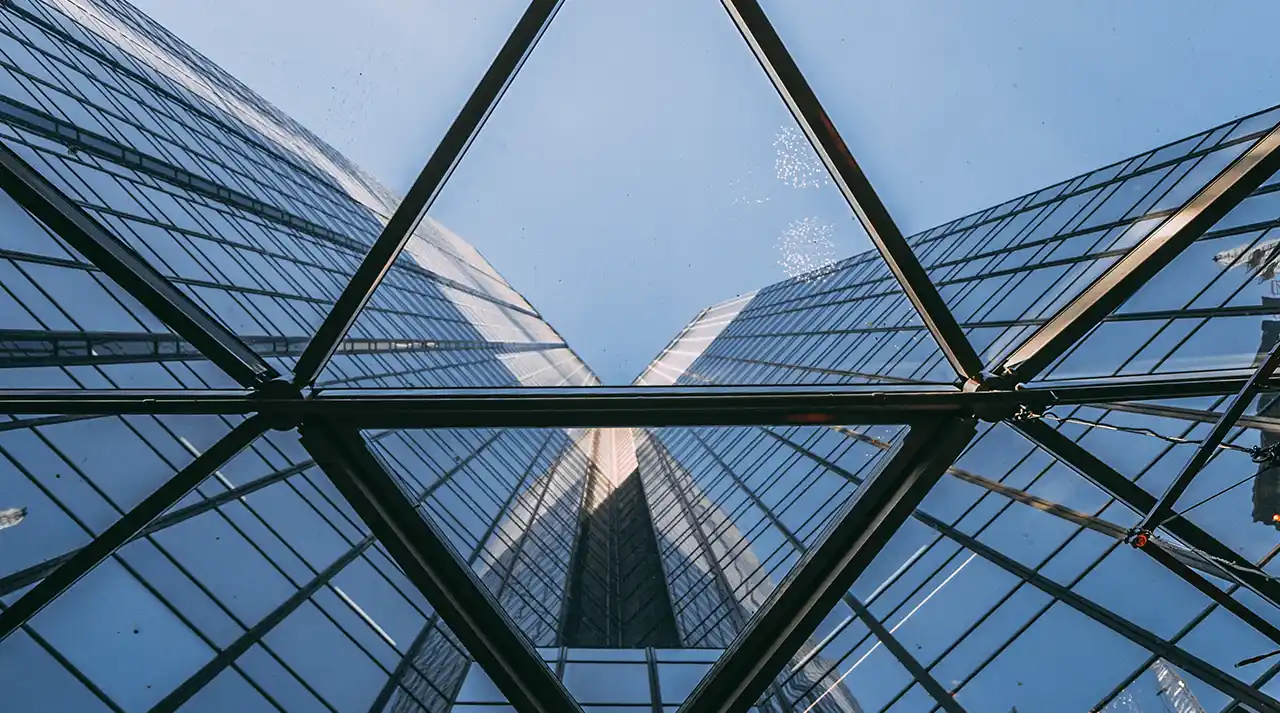Investor-owned homes across Melbourne are sitting empty, as knew figures from a Prosper Australia study show there’s more idle houses and apartments than first thought.
The study looked at water usage from dwellings and found that nearly one in five investor-owned properties in Melbourne are lying empty.
So are too many apartments and dwellings being built too quickly? Compared to the rest of the country, Victoria does have the highest number of new housing approvals.
In the year to October, planning authorities approved 70,472 new dwellings and more than half of them were apartments, which are certainly not in shortage, especially in the inner suburbs.
Author of the report from Prosper Australia Catherine Cashmore spoke to The Age.
“There is an oversupply of housing that’s not being used,” she said.
“When the Victorian Government talks about the need to build more housing to bring down prices, that strategy isn’t working.”
“We don’t have anything to ensure those homes are being utilised. It doesn’t matter whether they’re foreign owned or investor owned the economic cost is enormous.”
Across the city, there’s 82,724 properties that used less than 50 litres of water per day, which is much less than a normal person’s daily usage and the report assumes those properties are basically lying idle.
That arguably large number represents 4.8 per cent of Melbourne’s total housing stock and it’s nearly 20 per cent of all investor-owned housing stock.
There were 24,872 properties that used absolutely no water at all and could be definitely put down as unoccupied.
Prosper Australia recommends implementing broad-based land taxes to increase the cost of holding land without using it and an end to stamp duty.
Economist Saul Eslake gave his thoughts on the issue to The Age.
“Should there perhaps be some kind of differential land tax that changes people’s incentives? I have some sympathy with that view.”
This year saw a 28 per cent jump in the number of vacant properties and it can often happen off the back of a housing boom, like it last did in 2011 when relaxed foreign investment rules, infrastructure developments and first-home buyer extensions all had the housing market humming.
“We tend to notice a spike in vacancies following a building boom instigated by a period of steeply rising prices that invites speculation,” Ms Cashmore told The Age.
“When we get a downturn in housing markets it does lead people to sell their properties or rent them out to the market, that’s when these vacancies will become visible.”



